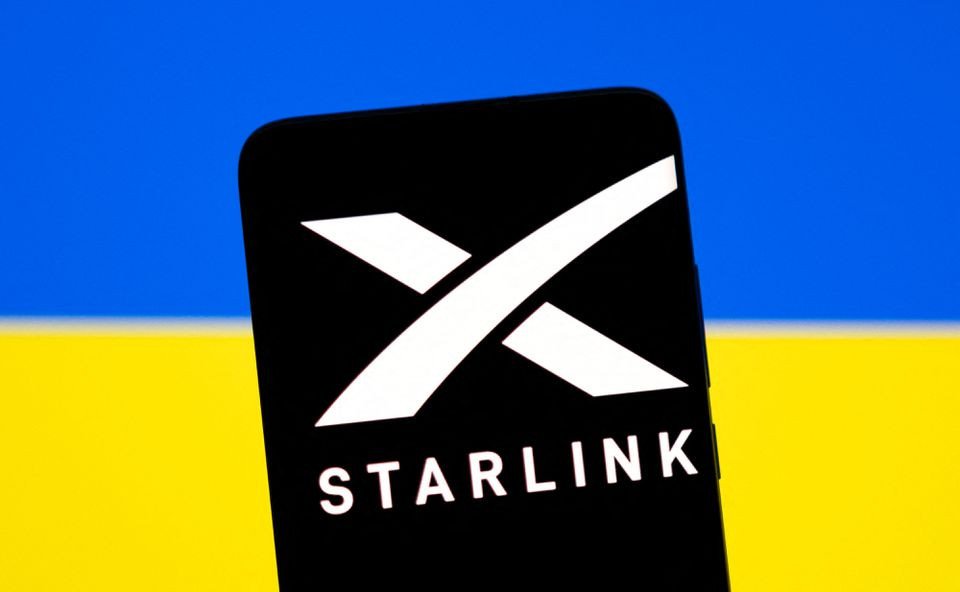Starlink, the satellite internet service operated by Elon Musk’s SpaceX, is expected to launch in Pakistan by November or December this year, according to Minister of State for Information Technology and Telecommunication, Shaza Fatima Khawaja.
She shared this update during a meeting of the National Assembly Standing Committee on IT and Telecom, chaired by Aminul Haq.
Last month, the minister announced that Starlink had received temporary registration in Pakistan, following Prime Minister Shehbaz Sharif’s directives. “All relevant security and regulatory authorities agreed on issuing a temporary no-objection certificate (NOC) to Starlink,” Khawaja said in a statement on March 21.
Pakistan Telecommunication Authority (PTA) Chairman added that Starlink was granted a temporary license by the Pakistan Space Activities Regulatory Board (PSARB), with the provision that a full licence will be awarded once the country finalizes its satellite internet regulations.
Responding to committee inquiries, Khawaja clarified that no major obstacles remain in the licensing process. She noted that, as satellite internet is a relatively new domain, the government has engaged consultants to develop a robust regulatory framework. Once completed, Starlink will be required to reapply for a full operating licence.
The minister also revealed that another company, Shanghai SpaceCom from China, has applied for a satellite internet licence in Pakistan. She emphasized the government’s intent to foster a competitive environment to attract more service providers to the sector.
Starlink’s infrastructure is scheduled for installation in the coming months, with services expected to go live by the end of the year, significantly enhancing internet access across the country.
Approval from PSARB was a prerequisite for any satellite-based internet service to function in Pakistan. The regulatory body has also resolved essential technical issues, including those related to frequency bands, signal strength, and ground station requirements.
Although initial infrastructure will be in place soon, insiders suggest that it could take up to a year for Starlink’s services to become fully operational in the country, given the time required to address remaining technical and regulatory aspects.
To ensure seamless high-speed connectivity, Starlink’s Low Earth Orbit (LEO) satellites will function at altitudes between 250 to 500 kilometers.










